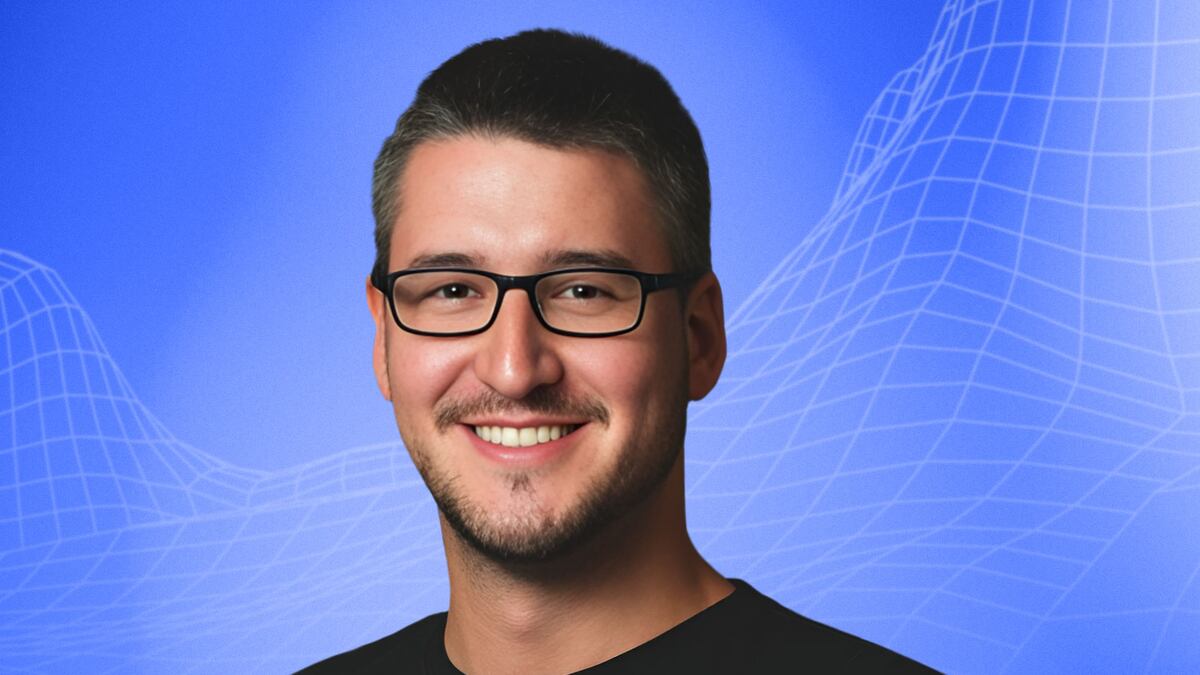Albert Castellana is a seasoned entrepreneur with over a decade of experience in the crypto industry. Since 2013, he has co-founded and led major crypto ecosystems, including RadixDLT, BadgerDAO, NEM.io, and StakeHound. His projects have collectively surpassed $25 billion in market cap.
Can you explain how GenLayer’s Optimistic Democracy consensus differs from traditional mechanisms, especially for AI-powered smart contracts?
Optimistic Democracy is designed to manage non-deterministic operations crucial for AI-driven smart contracts, a concept central to platforms like YeagerAI. Unlike traditional blockchains, which require every node to produce the same result, AI introduces variability that can cause nodes to generate slightly different outputs. Optimistic Democracy handles this by selecting a subset of validators that propose an outcome.
Other validators compare the result based on an “Equivalence Principle” to determine if it meets the criteria set by the contract developer. If there’s agreement, the transaction is finalised; if not, an appeal process allows more validators to participate.
This system is well-suited for AI applications, as it manages variability and allows for diverse model outputs while maintaining security and consensus.
What key use cases will drive GenLayer’s adoption, and how does it address traditional smart contract pain points?
GenLayer’s use cases span various fields, particularly those needing real-time data and complex decision-making.
Examples include prediction markets, where GenLayer can act as a decentralised oracle to resolve decisions based on live data; DeFi, where AI-powered contracts can automate financial adjustments; AI-driven governance for DAOs, automating votes and decision-making; and autonomous legal contracts that adapt to real-world events.
GenLayer addresses the limitations of traditional deterministic systems by allowing for non-deterministic operations like natural language processing and web scraping. Additionally, by supporting Python for contract development, GenLayer lowers the entry barrier, contrasting with the niche languages required by traditional platforms like Solidity.
How does GenLayer protect against prompt injection and other AI-related vulnerabilities when interacting with public data?
GenLayer mitigates the risks of prompt injection and AI model vulnerabilities through several layers of security. One defence is the use of diverse AI models across validators, reducing the system’s susceptibility to attacks targeting specific models.
The “Equivalence Principle” allows validators to compare different outputs and assess their functional similarity, even if expressed differently, making it difficult for malicious inputs to succeed. An appeal mechanism further ensures that questionable outputs can be re-evaluated by additional validators.
Lastly, “Grayboxing” isolates AI models, processing inputs in a sandboxed environment to prevent harmful prompts from affecting the system.
How will GenLayer allocate its recent $7.5 million in seed funding?
GenLayer plans to use the $7.5 million seed funding to continue developing its platform and expanding its reach. A large part of the investment will go towards improving its core technology, such as refining the consensus algorithm and enhancing the developer tools. Ultimately, we want the platform to run smoothly for developers and validators who work on it.
We’re also focusing on getting more developers involved by making the platform easier to access. This includes providing tutorials, simulators, and running events like hackathons and grant programmes to encourage early participation and innovation.
Security and scalability are key priorities as well. GenLayer will be investing in audits and research to deal with potential vulnerabilities, particularly in relation to AI, and to ensure the platform can grow without issues.
GenLayer is also dedicating resources to growing its community by providing educational materials and outreach efforts. The goal is to help developers and users get familiar with the platform and understand its unique features in a more accessible way.


